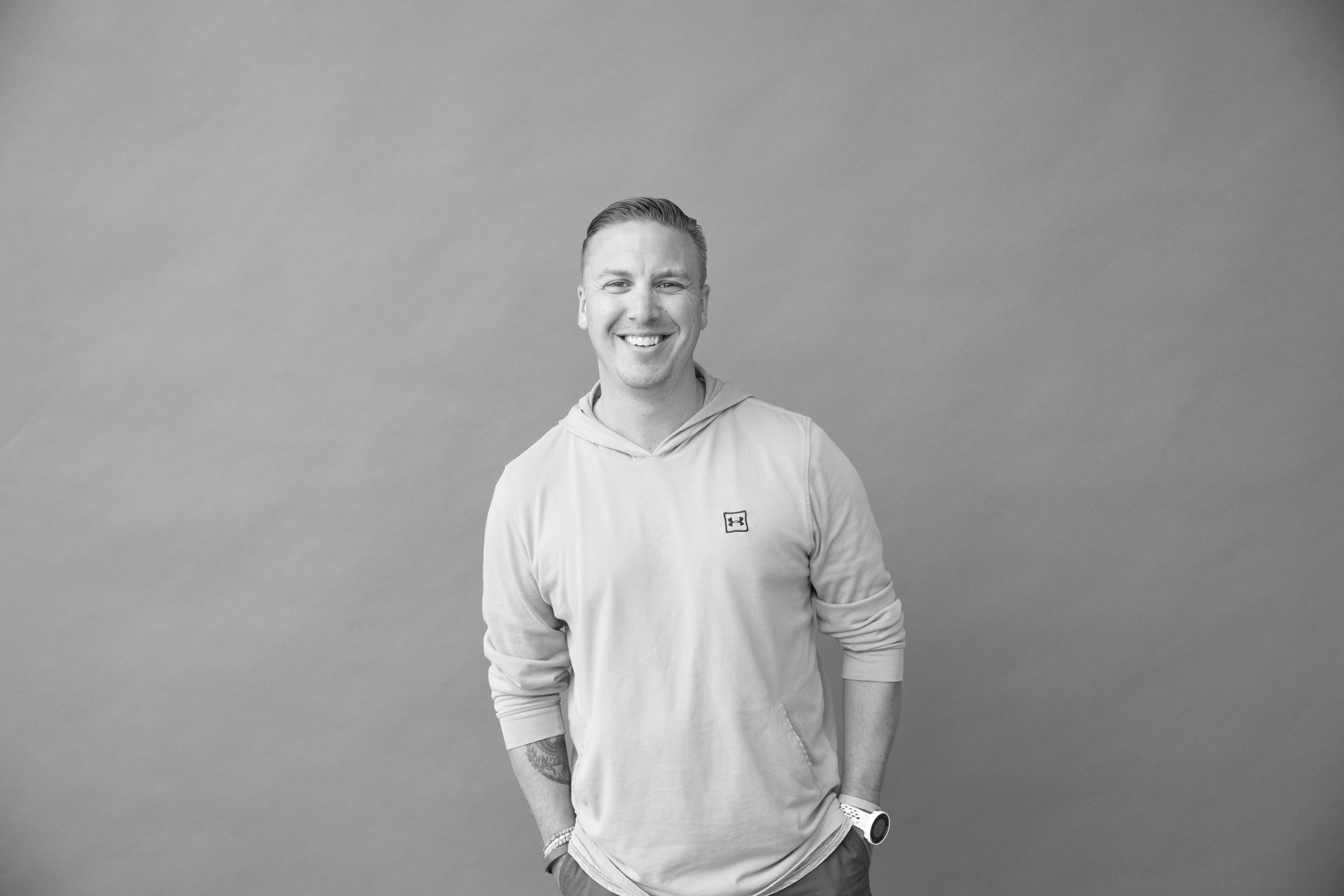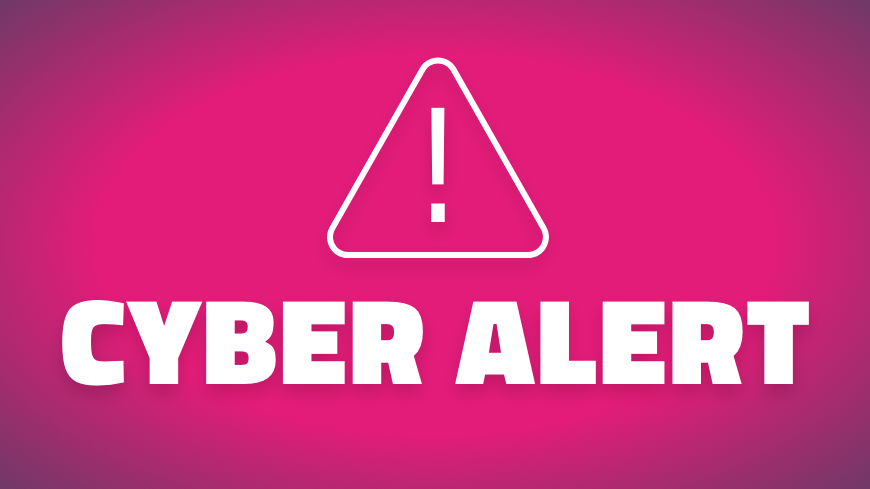At the end of the classic film Back to the Future, Doc, Marty, and Jennifer are readying to take a trip to 2015. Concerned that Doc won’t have enough road to get up to 88 miles per hour (the usual speed required for time travel, duh). Doc responds with "Roads? Where we're going, we don't need roads." Then the DeLorean flies off, the audience cheers, and they’re off to an unknown future where anything is possible. It’s awesome.
The future of today is going to look exponentially different as a result of the events that have been impacting the globe for the last three months. In addition, other agents of change such as social, technological, environmental, economic, and political drivers will also influence how we go about our daily lives. The question in front of many organizations is, what are we willing to do about it?
Learning is a continuing activity and from every failure, we should be able to learn something new about the way we operate. One comment I continue to hear from organizations across many verticals has been, “we need a short-term solution to get us through the next couple months”.
Sure, a band-aid will triage the challenges that your organization is currently experiencing. However, in today's rapidly evolving landscape, we should be asking ourselves critical questions that will take our organizations from band-aid fixes to long-term transformations.
While there are many design thinking exercises we can use to identify these pain-points, ideas, risks, and opportunities, there are a few questions we must first ask ourselves as we actively transition how we work and live our daily lives:
- What opportunities do you have today that you did not foresee last month?
- What gaps are you seeing in your own organization that were mere annoyances a month ago, but are now dangerously obvious?
- What needs do your customers, clients or members have today that they didn’t have just a few months ago? What will their lives be like in another 3 months? Six months?
- How will our world be forever changed because of what we’re experiencing? What opportunities does that create?
- What one thing, if you did it today, would change the conversation within your organization for the foreseeable future?
For all of human history people have tried to develop methods for predicting the future with varying degrees of success. At Think|Stack, we believe that the best way to predict the future, is to shape it yourself by building a foresight capacity. And though the future cannot be known with absolute certainty, the recognition that many different futures are possible depends on decisions leaders make in the present.
As Alvin Toffler attentively noted his 1990 novel, Powershift: Knowledge, Wealth, and Power at the Edge of the 21st Century “The illiterate of the 21st Century are not those who cannot read and write but those who cannot learn, unlearn and relearn.”
So here and now, in the present, ask yourself one final question: Are you the one saying you can’t wait for things to go back to normal—back to the status quo? Or are you the leader that is willing to learn, unlearn, and relearn; embrace disruption to create opportunities to innovate a new pathway forward for your organization?
About the Author

Cal Bowman
VP Strategy & Innovation




